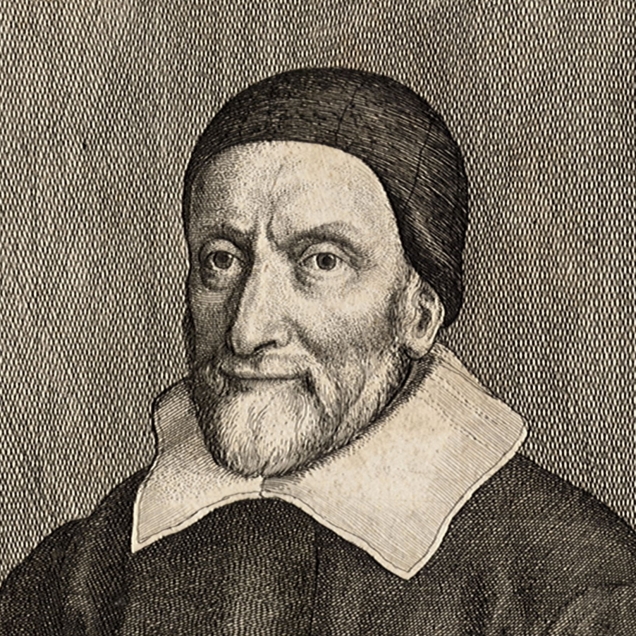What's in a name?
William Oughtred (1574 - 1660) was a mathematician, mathematics educator and, as the inventor of the slide rule, an edtech pioneer. In the preface of his "Clavis Mathematicae" (The Key to Mathematics), a textbook which Isaac Newton read as a young student at Cambridge, he writes:
Wherefore, that I might more clearly behold the things themselves, I uncasing the Propositions and Demonstrations out of their covert of words, designed them in notes and species appearing to the very eye.
Oughtred used symbols and abbreviations at a time when much was written in prose, and his insights into education and what now would perhaps be termed “UX” are still relevant today. It is this work that we build on, informed by his writings and empowered by the latest in technology and educational research.

